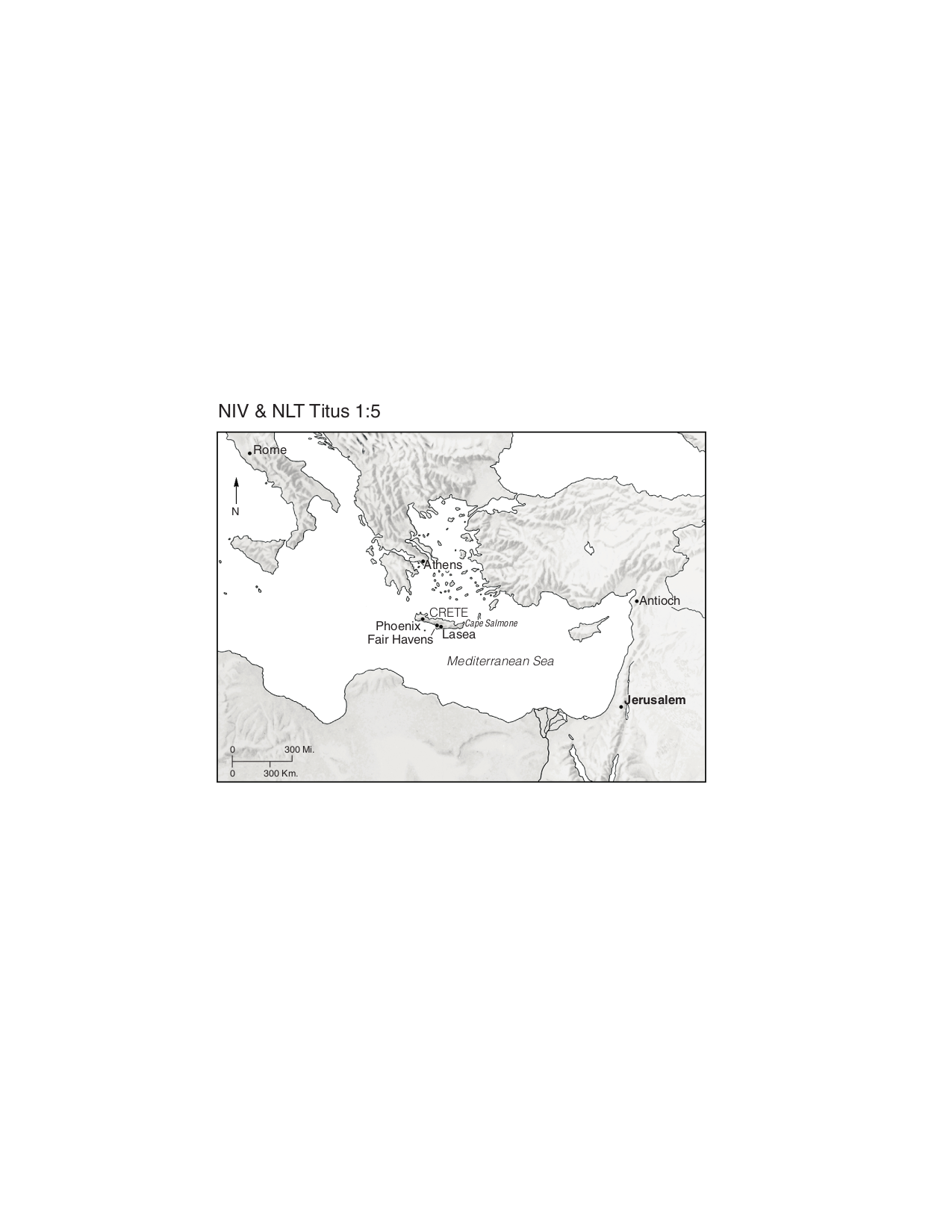Open Bible Data Home About News OET Key
A B C D E F G H I J K L M N O P Q R S T U V W XY Z
Tyndale Open Bible Dictionary
Intro ← Index → ©
CRETE
Fourth largest island in the Mediterranean, lying approximately 60 miles (97 kilometers) southeast of Greece and 110 miles (177 kilometers) southwest of Turkey. It is 160 miles (257.4 kilometers) long from east to west, with a width of approximately 36 miles (58 kilometers), an area of 3,200 square miles (5,149 square kilometers). Through the island stretches a mountain range dominated in the center by the sacred Mt Ida (altitude 9,000 feet or 2,742 meters). These mountains slope down sharply to the southern coast, with the result that most of the inhabitants live on the more gradual northern slopes.
Civilization in ancient Crete reached its climax with the Minoan era (3000–1100 BC). The spectacular remnants of this high civilization may be seen best at Knossos, thanks to the labors of British archaeologist Arthur Evans. About 1950–1900 BC, beautiful pottery was produced and exported. Metallurgy was highly developed, and hieroglyphic writing was introduced. This civilization was suddenly and dramatically destroyed in a mysterious manner about 1700 BC, perhaps by volcanic eruption or earthquake. Following this, the towns and palaces were rebuilt, and the island enjoyed its greatest prosperity. The partially restored palace of Knossos amazes today’s visitor with superb frescoes, stairways, and pillars. All this ended in destruction about 1450 BC. Some think it was caused by the volcanic explosion at the nearby island of Santorini.
Crete is important in the history of the Christian church. When Paul went to Rome as a prisoner, the ship sought refuge from a storm at Fair Havens (Acts 27:8). The ship tried in vain to reach the more commodious harbor at Phoenix (v 12) but was blown off course and sought refuge at an island off the southwest coast of Crete, called Cauda (v 16). Paul may have visited Crete after imprisonment in Rome, for in his Letter to Titus, he said, “I left you on the island of Crete” (Ti 1:5, NLT). On the basis of this and other evidence, many scholars conclude that Paul was released and had an extended ministry before his second imprisonment and execution (2 Tm 4:6). Paul had little good to say about the people of Crete, quoting one of their own poets as saying they were “liars, cruel animals, and lazy gluttons” (Ti 1:12). But the gospel must have made quite a difference there, for today the name of Titus is honored in many villages, churches, and monasteries.
Because of its location and its relative fertility, Crete has been a prize of war and of commerce. The island was conquered by Rome in 67 BC and became a separate province. The inhabitants prospered under the Romans and later under the Greek Christians (Byzantines). The Saracens (Muslims) occupied the island for over a century (AD 823–960). After centuries of Christian leadership, it was conquered by the Turkish sultan, and civilization languished (1669–1898). In the 20th century Crete has been a part of Greece, except for a period of German occupancy during World War II.

Crete, an Island in the Mediterranean
Tradition says that after Paul was released from prison in Rome (before his second and final Roman imprisonment), he and Titus traveled together for a while. They stopped in Crete, and when it was time for Paul to go, he left Titus behind to help the churches there.
